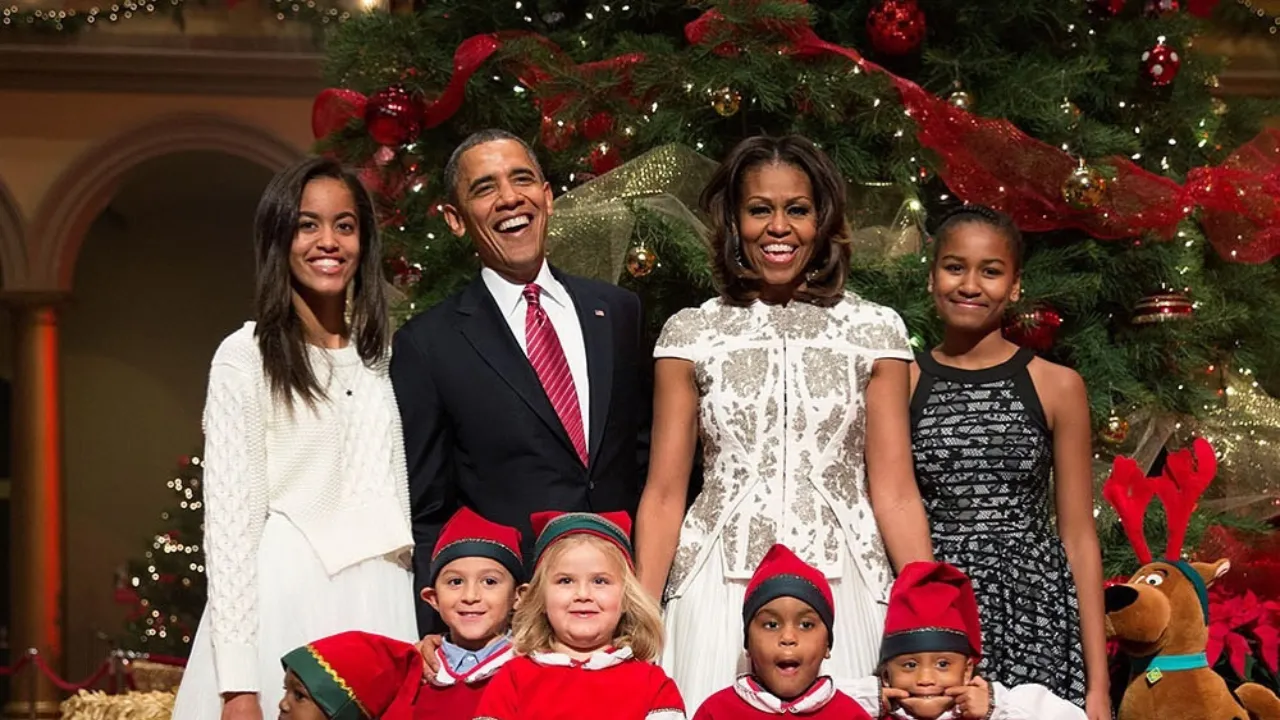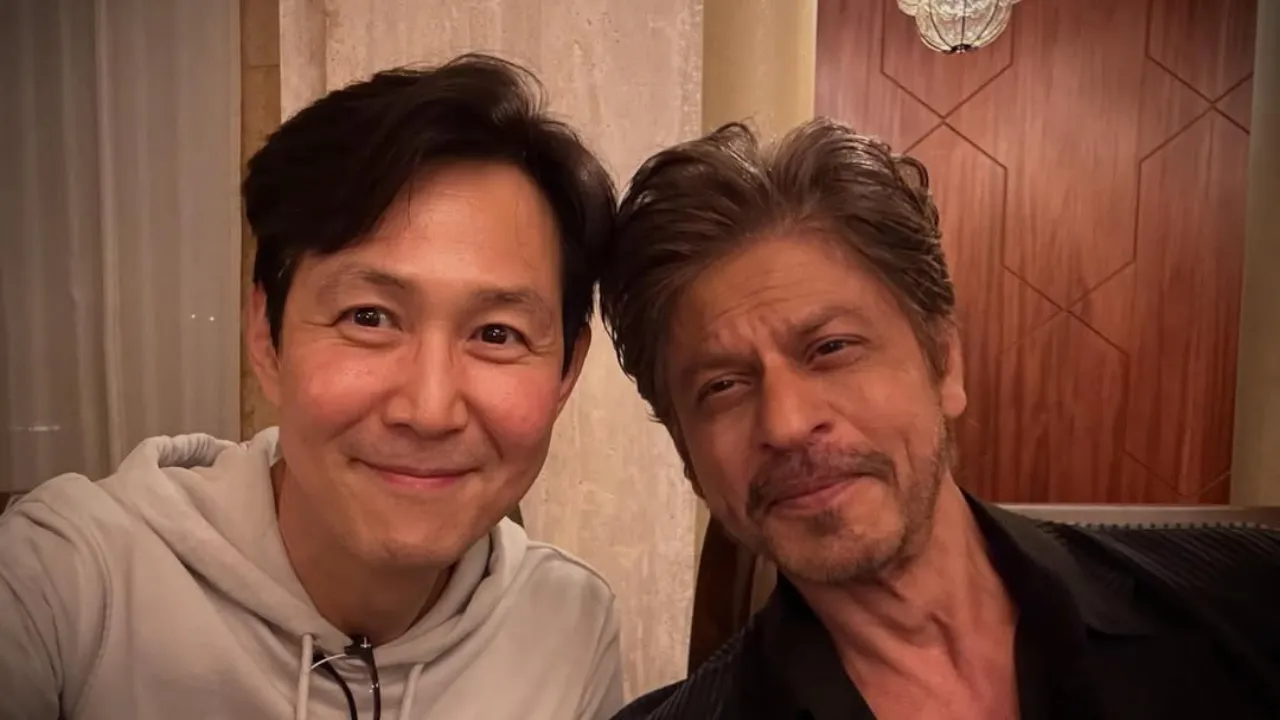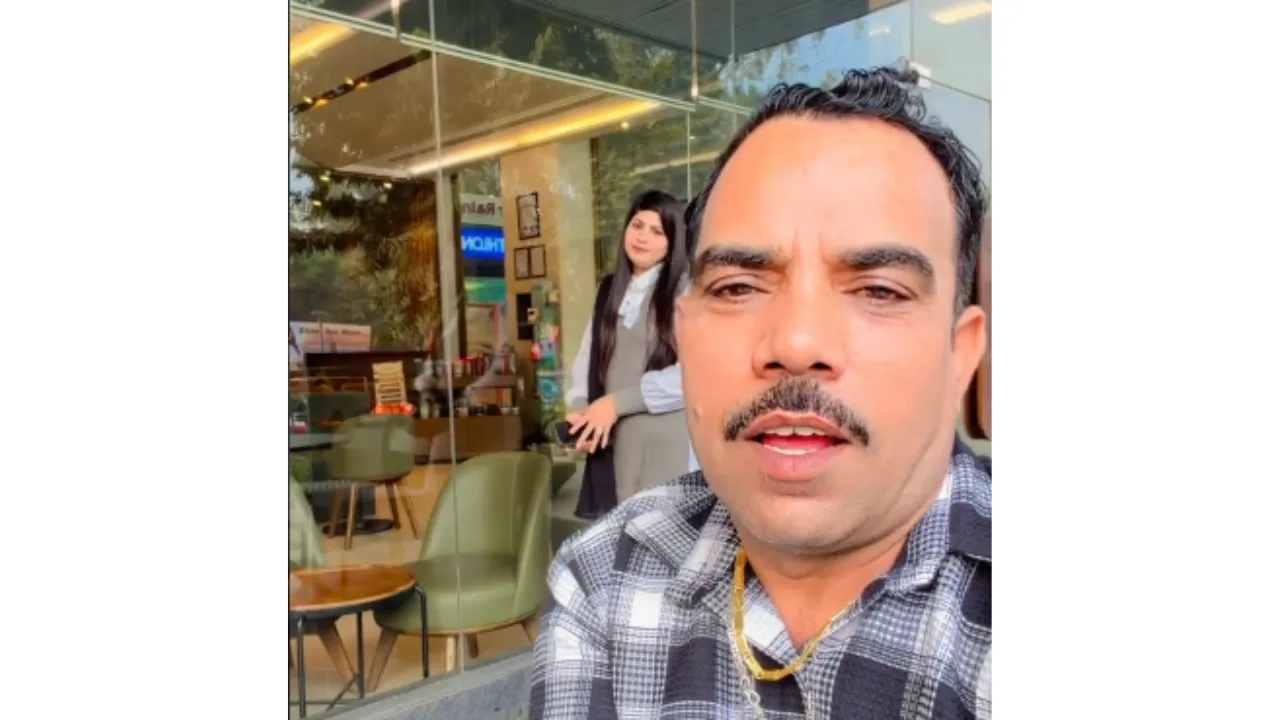Central Cee wears Lord Shiva t-shirt during concert in Mumbai
Central Cee’s recent Mumbai appearance wasn’t just a music moment — it became a viral cultural snapshot. The British rapper performed at Rolling Loud India and walked onstage wearing a white T-shirt emblazoned with an image of Lord Shiva (Mahadev). The simple fashion choice sparked waves across social media, prompting praise, curiosity and discussion about cultural appreciation at international concerts.
Why the shirt mattered: a quick look at the moment
When a global artist like Central Cee references a local religious icon onstage, it gets attention for obvious reasons. The T-shirt was visible in videos and photos shared by the festival and fans, and many viewers saw it as a respectful nod to Indian culture rather than a random wardrobe pick. That instant recognizability helped the moment travel fast online.
The setting: Rolling Loud India, Navi Mumbai
Central Cee performed on Day 1 of Rolling Loud India at the Loud Park / Navi Mumbai venue on November 22, 2025. The festival is one of the biggest international hip-hop events to land in India, and Central Cee’s set was widely covered by local and entertainment press. His setlist and stage energy were praised — but the Mahadev tee became the headline in many social feeds.
Who is Central Cee — short background for context
Central Cee (Oakley Neil Caesar-Su) is a London-born rapper who rose to prominence in the early 2020s with a string of singles and EPs that blended UK drill and melodic rap. By 2025 he was headlining international festival stages and touring globally. That platform means any cultural reference he brings onstage gets amplified — and that’s exactly what happened in Mumbai.
Public reaction: praise, excitement and conversation
Reaction on social media was overwhelmingly enthusiastic. Fans celebrated what they saw as a sign of respect and connection to local culture, posting clips and memes and praising the rapper for the choice. Several Indian outlets and influencer pages reposted his photos and short videos, fueling the viral moment. A handful of comments questioned whether religious imagery should be used as fashion, but the dominant tone was positive.
What fans said (high-level summary)
- Many hailed it as cultural appreciation and welcomed the global artist’s interest in Indian iconography.
- A minority raised the usual questions about context and sensitivity when religious symbols are used in pop culture.
- Overall, the response pushed the outfit from a wardrobe detail to a cross-cultural talking point.
Why artists wear local symbols: context and intent
Artists often incorporate local aesthetics into their tours for several reasons: to signal respect, to connect visually with the audience, to create memorable imagery for photos and videos, or simply because they like the design. For visiting artists, a carefully chosen local reference can become a bridge to fans — but it can also trigger debate if the symbolism is sensitive.
In Central Cee’s case, available photos and video don’t show any overtly disrespectful use; instead, viewers interpreted the T-shirt as a nod that increased his appeal among Indian fans. That interpretation is supported by how many fans reacted positively online.
A brief note on cultural sensitivity
When foreign performers use religious imagery, context matters. Respectful use usually involves understanding the symbol’s significance and not trivializing it. Critics sometimes point out that commercializing sacred images can feel disrespectful; supporters often counter that cultural exchange enriches artistic expression.
If you’re an artist or promoter thinking about similar choices, aim for context-aware gestures: collaborate with local artists or designers, learn about significance, and avoid trivial or mocking presentations. That approach reduces the chance of misunderstanding while increasing goodwill. (This is a general best-practice note, not a comment on Central Cee’s intent.)
The visuals: what he paired with the T-shirt
Photographs from the event show Central Cee wearing the white Lord Shiva T-shirt with a green camo beanie and a chunky chain — a look that mixes streetwear and the distinctive graphic. The festival’s official Instagram and multiple attendee videos captured the outfit clearly, which helped the image go viral.
Beyond the shirt: Central Cee’s Mumbai activities
Media reports also noted lighter moments from the visit: Central Cee was spotted playing cricket with members of his team in Lower Parel before his set, an on-the-ground interaction that reinforced the “connecting with the place” narrative. Little scenes like that add to the perception that visiting artists are engaging with local life beyond staged appearances.
Why this story matters for readers
This incident shows how one small sartorial choice can become a cultural conversation in the age of social media. For fans, it’s a feel-good moment of cross-cultural recognition. For artists and brands, it’s a reminder that choices onstage are amplified — and that respect, context and storytelling matter.
If you follow global music trends, this is a useful case study in how festivals and international artists shape cultural exchange and online discourse.
Final takeaway
Central Cee’s Mahadev T-shirt at Rolling Loud India on November 22, 2025, became more than a wardrobe detail — it became a viral moment that highlighted the intersection of global music culture and local religious symbolism. The overwhelmingly positive fan reaction suggests the choice resonated with many, while also prompting important conversations about cultural sensitivity. Whether you view it as appreciation or aesthetic, the moment shows how fashion and music together can spark meaningful dialogue.
































